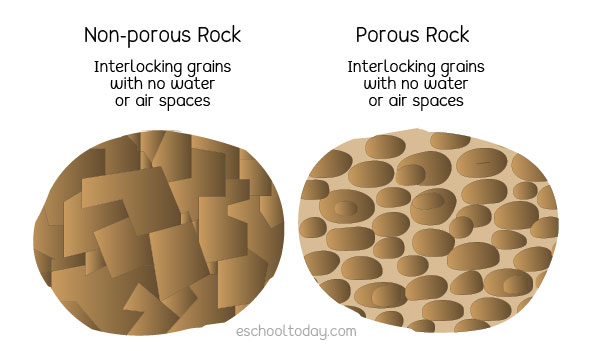- Rocks
What is a rock?
Rocks are very tiny grains of different minerals, compressed together in a chemical reaction to form a larger mass. Rocks make up the non-water part of the earth’s crust.
A mineral and a rock do not mean the same thing. A mineral is made up of an individual element or a combination of elements. It has the same substance throughout. A rock is made of a combination of two or more different minerals. Rock may also contain organic compounds.
They come in infinite sizes, shapes, colors, weights, textures, and strengths. Rocks constantly change from one type to another, and from place to place, in a cycle known as the rock cycle. This change does not occur in short periods—they take thousands to millions of years to change.
Rocks may be hard or soft. It depends on the way the tiny grains interlock with each other. Rocks with rough grains fitting perfectly into each other tend to leave no room for moisture. As a result, they are harder and non-porous. Granite is a good example.
 Rocks with rounded or fine grains often have spaces that hold moisture and tend to be softer. They crumble quicker than hard rocks. Rocks that have lots of spaces that hold water, or through which water can pass are called porous rocks. Sandstone is a great example.
Rocks with rounded or fine grains often have spaces that hold moisture and tend to be softer. They crumble quicker than hard rocks. Rocks that have lots of spaces that hold water, or through which water can pass are called porous rocks. Sandstone is a great example.
Soils, sands, and rocks.
Sand is the fine debris resulting from broken-down rocks (weathered). Sand, therefore, carries the same or similar properties as the rocks that they came from. Soils are sands that contain air, water, and organic materials, in proportions that support the growth of plants and organisms that live in them. Many plants and animals rely on soils for survival.
How do rocks form?
Different rocks form from different processes. In the next few pages, we will see how the three main rock types (Igneous Rocks, Sedimentary Rocks, and Metamorphic Rocks) form.
